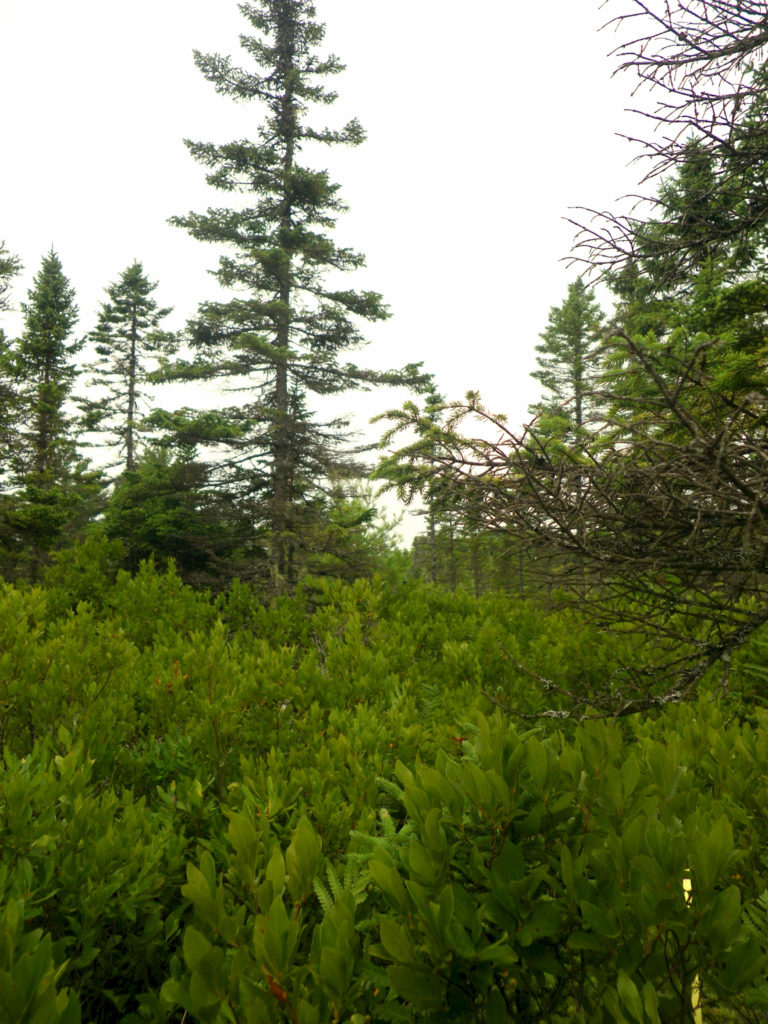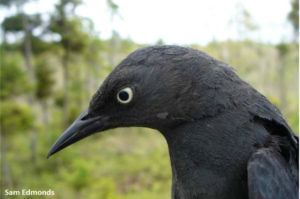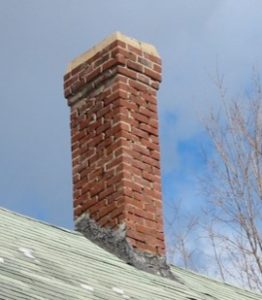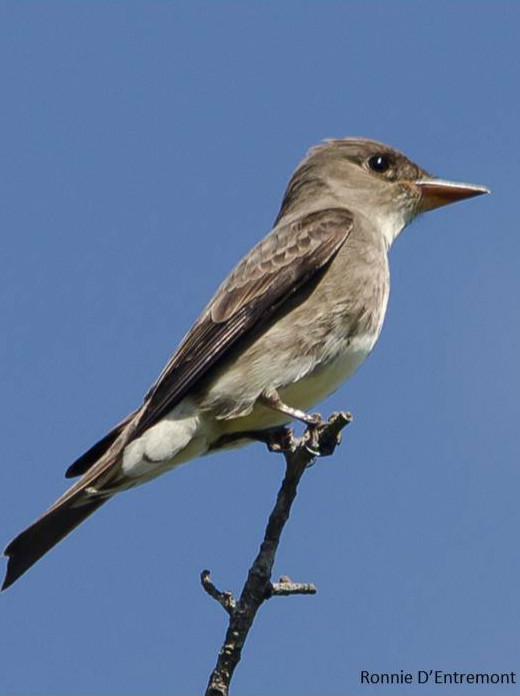These suggestions come from our research experience, government publications, and other literature.
Become a Citizen Scientist
Volunteer with us: Learn to identify our three target species at risk (Canada Warbler, Olive-sided Flycatcher, and Rusty Blackbird). Then report your incidental (casual) observations to us. If you want to be more involved, sign up to conduct formal surveys in forested wetland habitat in Nova Scotia by registering to volunteer with our project.
Participate in other bird monitoring programs: Join a monitoring program to help not only these species at risk but other bird species in Canada. Many of these programs rely on the efforts of countless volunteers who act as citizen scientists to support the conservation of birds in Canada. Bird Studies Canada has many excellent programs such as the Maritimes Marsh Monitoring Program, Maritimes SwiftWatch, Atlantic Canada Nocturnal Owl Survey, and the Canadian Lakes Loon Survey.
Preserve Habitat and Use Good Environmental Practices
Avoid logging wet forest: Wet forest tends to have too much water and be too nutrient poor to produce quality lumber. Pre-logging surveys could delineate areas that aren’t profitable for logging but provide good habitat for Canada Warblers, Olive-sided Flycatchers, and Rusty Blackbirds.
Keep a buffer around wet forest habitat when logging: If you are a landowner or manager, avoid cutting trees within 100 m of the edge of a stream, river, lake, or wet forest area (e.g., treed bog or swamp) to conserve breeding habitat for species. Studies have shown that Olive-sided Flycatchers and Rusty Blackbirds suffer higher nest predation rates when they nest in patches of forest that within harvested forest. Leaving a buffer around breeding habitat in wet areas can help minimize this negative effect. Additionally, Canada Warblers often occupy transitional habitats between the edge of water and drier upland forest. Preserving transitional spaces between wet areas and upland areas by using buffers can also benefit this species.
Preserve snags and woody debris: High-quality habitat for Canada Warbler, Olive-sided Flycatchers, and Rusty Blackbirds contains snags (standing dead trees), fallen trunks and branches, and upturned roots. Lea ving these structures intact in wet forest will provide habitat for these birds.
ving these structures intact in wet forest will provide habitat for these birds.
Avoid filling in wetlands or altering drainage patterns: A significant portion of wetland habitat in North America is lost every year due to the conversion of wetlands for agricultural or other land uses. This type of habitat loss is detrimental to bird species and may be a leading cause of the Rusty Blackbird decline.
Protect large trees and patches of old forest: If you are a landowner or manager, avoid removing or altering large dead trees and the areas around them. Chimney Swifts require large, hollow tree trunks or large trees with hollow limbs for roosts and nests. Preserve such trees and the trees in their vicinity that provide additional cover and climate control around the large tree.
Keep cats indoors: Feral cats and house cats that spend time outside present a significant threat to birds. Environment Canada estimates that 1-4 million birds are killed annually in Canada due to human actions, with cat kills accounting for 75% of those deaths. Keeping your cats indoors will aid in bird conservation and prevent bird deaths. Read more about this issue in Canada and find details of scientific studies at Cats & Birds.
Be Active in Your Community
 Spread the word: Tell people about these rare birds, their habitat requirements, and the threats to their populations. Let your political representatives know that environmental protection is an important issue to you.
Spread the word: Tell people about these rare birds, their habitat requirements, and the threats to their populations. Let your political representatives know that environmental protection is an important issue to you.
Donate to purchase land or establish conservation easements: Habitat loss is a leading threat to species at risk in Canada. Land trusts like the Nova Scotia Nature Trust or the Nature Conservancy of Canada purchase and establish conservation easements on private lands to protect special habitats for species at risk. You can contribute funds or help raise funds for land purchase and to cover the legal costs of procuring land and establishing easements.
Help conserve wintering habitat: Purchase coffee that is shade-grown and thus provides habitat for these and other migrant bird species on their wintering grounds in South America. Sun-grown coffee is grown in areas devoid of other vegetation, heavily relies on pesticides, and does not provide high-quality habitat for birds during the winter. Additionally, support organizations that target the conservation of tropical forest habitat in South America where most of the population of Canada Warblers, Olive-sided Flycatchers, Common Nighthawks, and Chimney Swifts spend their winters.
Promote chimney habitat: Chimney Swifts use open brick chimneys for roosting and nesting. Such chimneys are becoming more scarce as they are capped, lined, and replaced with other kinds of chimney, all of which render chimneys unusable by swifts. Help counter common misconceptions about Chimney Swifts and refer to Bird Studies Canada’s Maritime SwiftWatch for more information.

